Uncovering the Titanic: Secrets You Never Knew About the Sunken Ship
Table of Contents
The Titanic’s story is one of the most intriguing and tragic that has come to light in modern history. Famous for its enormous design and tragic demise, the sinking of the Titanic on April 15, 1912 was a shock to the entire world. Beyond all those facts well known, however, exist myriad secrets that never see daylight from the public eye. Here we’ll go through all the untold stories, frightening coincidences, and mysteries associated with this legendary ship in this article. Buckle up as we unveil the secrets you never knew about the Titanic.

The Titanic’s Grand Design: A Floating Palace
Engineering Marvel of Its Time
When it set sail, it was the biggest vessel ever built, the technological feat of an age of ambition and opulence in the early 20th century. 882 feet long and over 52,000 tons in weight, this ship stood at the pinnacle of human ingenuity. The designers intended for it to be the epitome of luxury and safety as well.
Unrivaled Luxury and Scale
Luxury standards on the Titanic’s first-class accommodations were unmatched, offering lavish dining rooms, private promenades, and even a swimming pool-an unheard-of luxury on ships at the time. For very rich passengers, the luxurious sight and feel of the ship made it feel more like a floating palace.
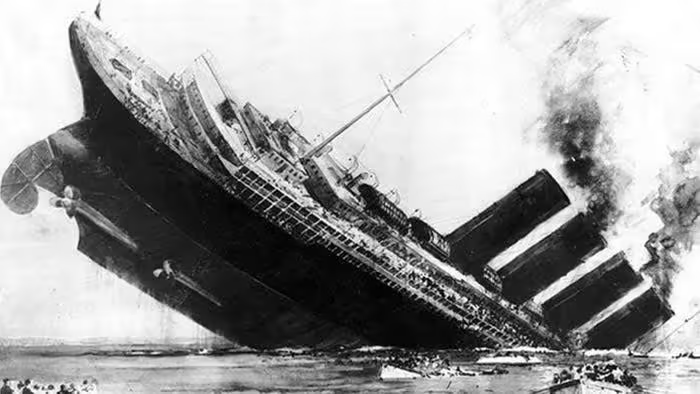
State-of-the-Art Safety Features
Few realize that the Titanic was fitted with then state-of-the-art safety features, namely watertight compartments with remotely operated watertight doors. Unfortunately, to save money, the ship only carried 20 lifeboats with capacity for only half of its passengers.
Had Flaws from the Start?
Of course, behind all this sophisticated design lay critical oversights. The steel used in constructing the ship was brittle at cold temperatures-one of the reasons why the ship broke apart so quickly after hitting the iceberg. In addition, the rudder of the ship was simply too small, which reduced its likelihood of maneuvering its way out of a situation in a crisis.

The “Unsinkable” Myth: Marketing Pushed to Its Limits
How the Titanic Became Known As the “Unsinkable
The idea that Titanic was an “unsinkable” ship was mainly a product of White Star Line’s advertisement. They tout the fact that in the event it would run against the iceberg, the boat would have enough buoyancy since it was divided into watertight compartments.
Role of Media in Fashioning the Myth
Newspapers of the time ran with the “unsinkable” story, which only deepened the mythology. Perhaps hubris around the ship’s unsinkability fostered complacency over safety measures, setting the stage for tragedy.
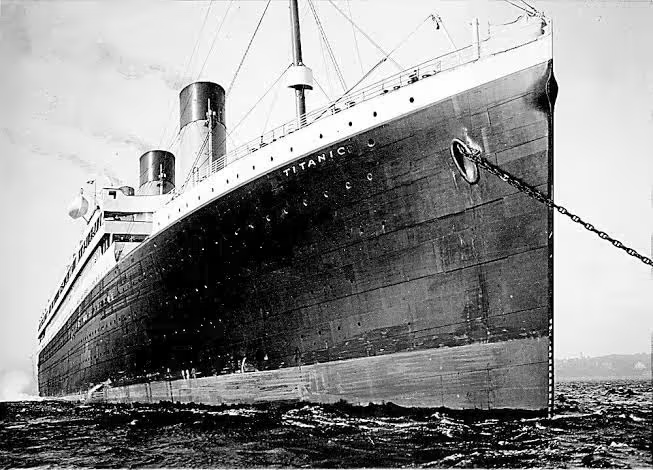
Odd Coincidences Surrounding the Titanic
The “Futility” Novel: A Pre-Titanic Warning?
Futility, or the Wreck of the Titan was a novel written by an author called Morgan Robertson in 1898, fourteen years before the Titanic embarked for its ill-fated voyage. The coincidences between the fictional ship Titan and the Titanic are almost uncanny: both were said to be “unsinkable,” both ran into icebergs, and both sank in the North Atlantic. Was this eerie coincidence merely accidental, or was there more to it?
The American Industrialists Who Called Off Their Voyage
Among the many cancellations of booked passages was J.P. Morgan, the financier who had a very great stake in the Titanic. Other important business people, including George Washington Vanderbilt, similarly failed to board. Their actions have fueled much gossip over whether or not they knew beforehand what was to occur.
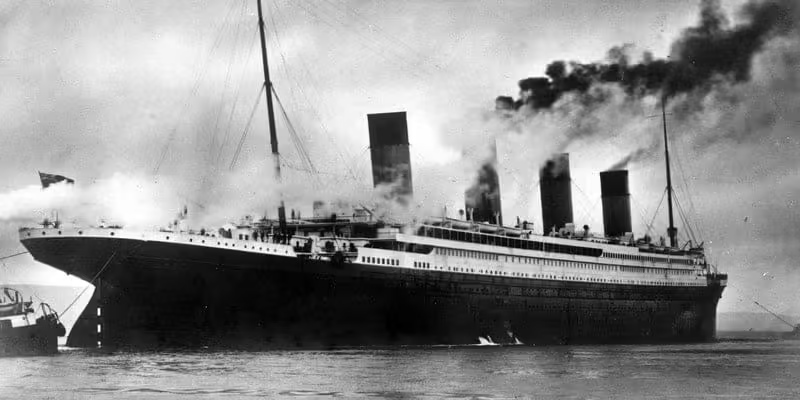
Was There a Curse on the Titanic?
One of the most enduring myths is that of the Titanic carrying a cursed Egyptian mummy in her cargo hold. The story has been proved false, but that is irrelevant to the conspiracy theorist, and it feeds off the mystique of the tragedy itself.
Life Onboard the Titanic: Not All Glitz and Glamour
The Stark Divide Between Classes
The ship truly epitomized the social classes that were prevalent in society at the time. Sumptuous cabins and haute cuisine were reserved for first-class passengers, while third-class passengers were merely accommodated in cramped small rooms they shared.

First Class: The Ideal of Wealth
Dining on haute cuisine prepared by fine chefs, attending social functions, and lounging in palace lounges were some of the perks for such biggies in the world’s high net worth list-like John Jacob Astor and Isidor Straus.
Third Class: Barely Make It Through
Third-class passengers, primarily comprised of immigrants to the United States, had accommodations far less comfortable. Their cabins were typically located at the bottom of the ship, and they had nearly all access to the amenities that those of higher status enjoyed.
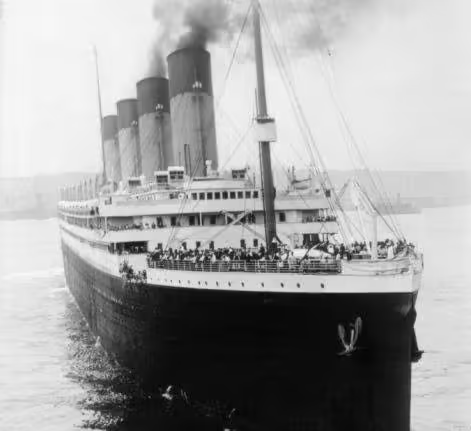
Meals and Recreation on the Titanic
First-class passengers were fed elaborate 11-course meals, whereas third-class consisted of simple meals of bread and stew. While the first-class listened to concerts and strolled along the promenade, third-class had modest musical performances.
The Fateful Night: A Series of Unfortunate Events
Weather Conditions: Was the Iceberg Really the Only Culprit?
Although the iceberg is attributed to the sinking of the ship, there are other contributory factors. Since April 14, 1912, was an exceptionally quiet night at sea, there were no waves to crash the iceberg; on the contrary, they had to try much harder to spot it.

Communication Break-Down and Missed Warnings
In fact, several iceberg warnings were received by the Titanic from ships in the immediate vicinity, but the messages were ignored or not relayed on time to the authorities. Radio operators were busy with passengers’ messages, which further delayed receipt of the iceberg warnings.
The Lookout Without Binoculars: A Preventable Blunder?
Perhaps the most mystifying oversight of the night is that the lookouts on board the Titanic possessed no binoculars. Kept in a storage locker, they were unavailable, and the ship’s crew had to rely solely on naked vision in attempting to spot dangers.

Stories of Sacrifice: Heroism and Tragedy Survival Stories
The story of the sinking of the Titanic is also unimaginable heroism. Its band, for example, became an example when the ship was sinking as it continued playing to comfort those on deck. Many crew members remained behind to evacuate people.
Heroes Among the Crew
Officers like Charles Lightoller made sure as many women and children got into lifeboats as possible, even if it meant they were in danger themselves. In the case of Lightoller himself, he was rescued by clinging to an upside-down lifeboat.
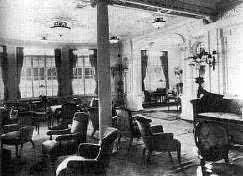
Incredible Stories of Survival
Among the survivors was Margaret “Molly” Brown, later known as “The Unsinkable Molly Brown.” Brown assumed responsibility for a lifeboat, rescuing all passengers on board and then pushing for better treatment of the survivors.
The Wreckage of the Titanic: Rediscovering the Past
The Search for the Titanic: The Find in 1985
It remained lost until it was finally discovered by oceanographer Robert Ballard and his team, deep in the ocean at 12,000 feet below the surface of the ocean in 1985. Many people began to find closure with this discovery, and new avenues of research opened up with regard to research.

What the Wreckage Was Able to Reveal About the Sinking
Although it was reportedly said that the ship sank fully intact, preliminary inspection of the wreckage found two separate portions of the ship. The discoveries have shed further light on how the materials used in building the ship responded to extreme conditions and thus explain why the ship sank so quickly.
Do Artifacts Need To Be Recovered?
Since its discovery, thousands of artifacts have been recovered from the wreck, which has sparked on going debate whether the remains of such items should stay at the bottom of the ocean as a memorial or to be shown in museums for education.

Conspiracy Theories: Did the Titanic Really Sink?
The Titanic-Olympic Switch Theory
A pretty commonly accepted theory holds that the Titanic was in fact its sister ship, Olympic, which had been damaged in a previous accident; it was said to have been switched out of fear of financial disaster on the part of the White Star Line.
Insurance Scam?
Another theory is that the Titanic sank with an acutely sophisticated plot to defraud insurance-the White Star Line ran bankrupt and sank the ship to get bailed out. However, historians and experts who study the sea have widely nullified these theories.
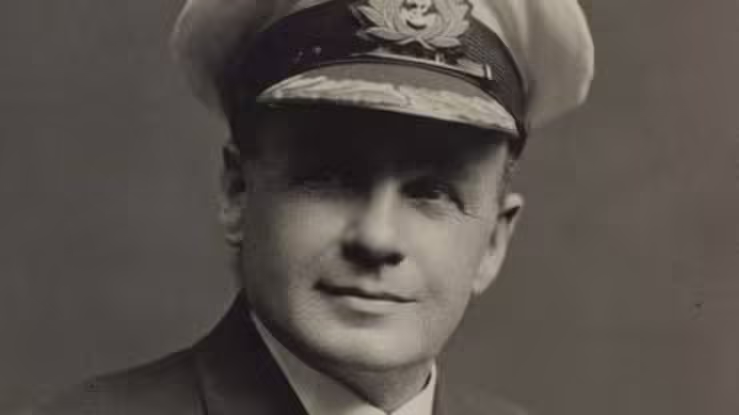
The Titanic in Pop Culture
How James Cameron’s Film Changed the Public’s Mindset
The movie Titanic in 1997, directed by James Cameron, revived public interest about the ship. The film’s dramatized reinterpretation of the sinking made the story jump to life for a new generation and established Titanic in public memory.
Titanic Museums and Exhibits Around the World
END
From Titanic Belfast Museum in Northern Ireland to touring exhibitions, including artifacts from the wreck, a museum dedicated to this ship grants people an opportunity to connect with the history in a tangible sense.

Lessons Learnt from the Titanic Tragedy
Changes in Maritime Law
The Titanic disaster brought about unprecedented sweeping changes in the regulation of maritime safety, including the compulsory requirement that ships carry enough lifeboats for all passengers and crew, while establishing the International Ice Patrol was established to track and assess iceberg hazards.

The Influence of the Titanic on Contemporary Ship Design
The sunk lessons of Titanic have had a demonstrative effect on how the ships are designed today. With advanced navigation technologies, sturdier materials, and better safety measures, such disasters are certainly avoided.
Conclusion
The Titanic has always been presented in history as a quintessence of human ambition, and human hubris. It’s from this story that the world finds such great fascination-whether it is the scale of the disaster or the mystery and personal stories surrounding that fateful night. Whether it is conspiracy or heroic tales, the Titanic is one that teaches each person on earth about life and not being safe at sea.
FAQ’S
Why was the Titanic so popular?
It was popular due to its size, luxury, and tragic way of sinking with over 1,500 lives.
It was said to be “unsinkable”; hence the sinking shocked people much.
How many people died when the Titanic sank?
The tragedy killed over 1,500 who were on board.
It stands as one of the most catastrophic maritime disasters ever recorded.
Were there celebrities on the Titanic?
Yes, many celebrities were on board, including John Jacob Astor IV, Isidor Straus, and “The Unsinkable” Molly Brown.
Is the Titanic wreck still deteriorating today?
Yes. The Titanic wreck corrodes slowly due to corrosion and bacteria. Experts estimate that it will disappear completely in the next decades.
What did the people learn from the tragedy of Titanic?
The most important lessons learned from the sinking’s after-effects were enough lifeboats, improved iceberg monitoring, and enhanced safety regulations for passenger ships. These measures made traveling at sea much safer now.




